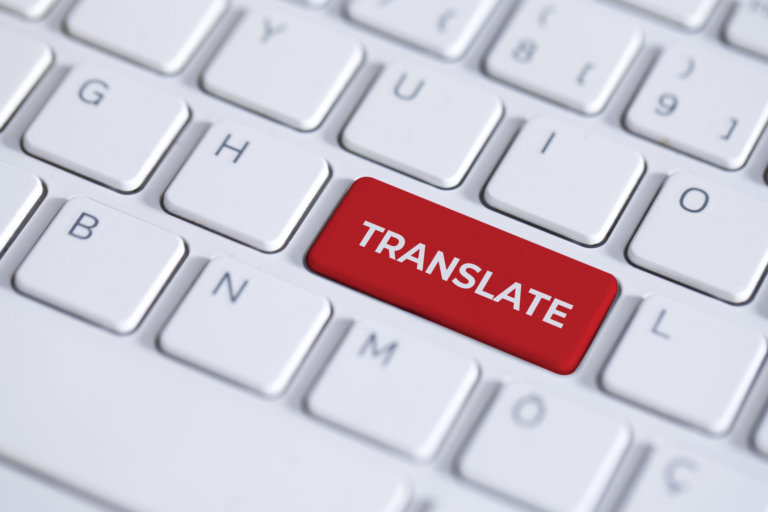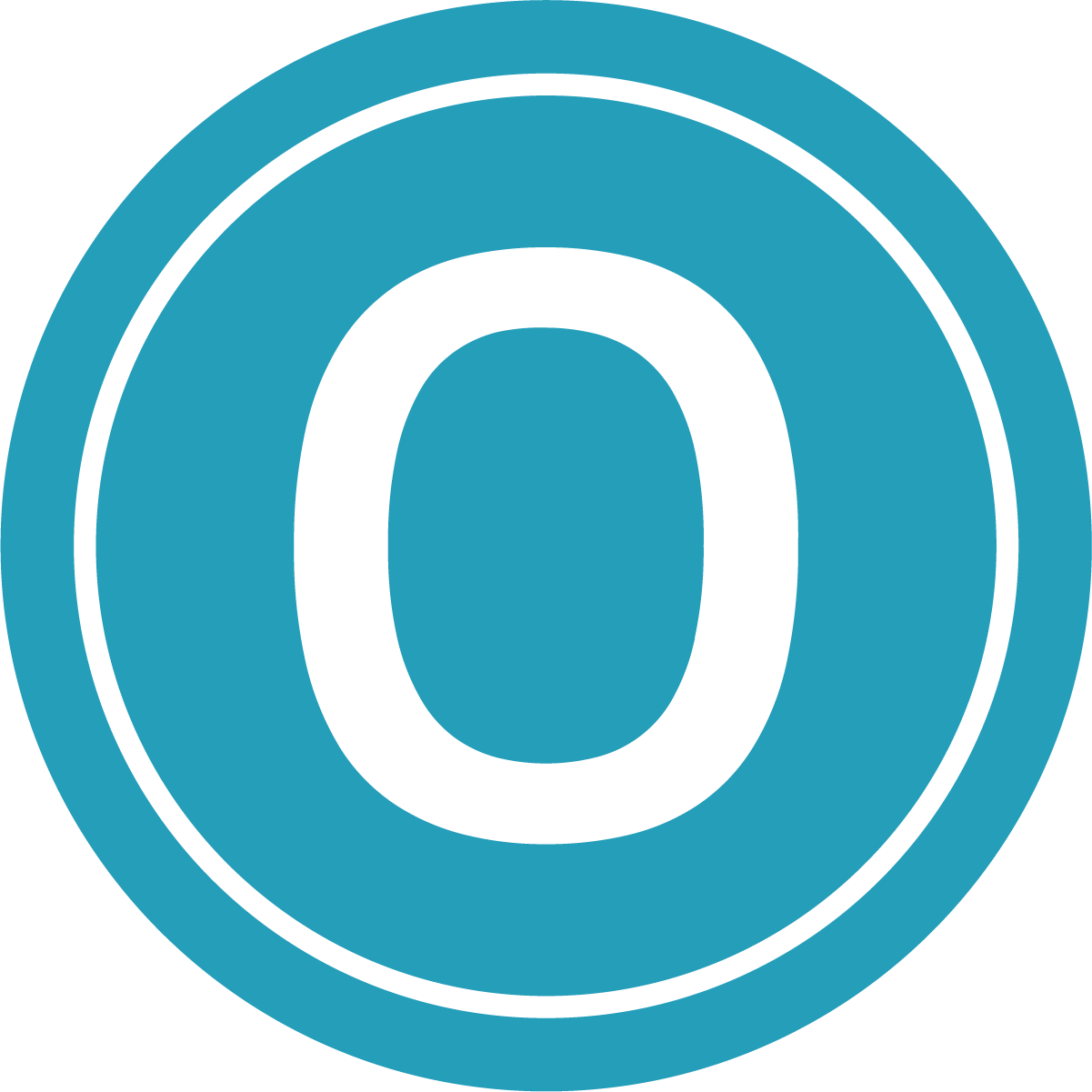Law firms that provide services in multiple languages should offer multilingual website content. But is it really possible to achieve a high-quality result with an automated translation service like Google Translate? What is the best strategy for crafting a multilingual website?
Your firm has two basic options when it comes to providing a multilingual online experience: 1) Use an automated translation service that translates on-demand, or 2) Publish a dedicated site (or pages on a site) with static translated content.
In this article, we explain the basics of automated translation, the pros and cons of using Google Translate, and a recommended approach for multilingual law firm websites.
What is automated translation?
Automated translation tools such as Google Translate use machines to translate content in real time with a single click of a button. There is no human touch or manual review involved in automated translation.
By clicking on the embedded website widget, a user can see the existing web content replaced with a live-translated version in their language of choice. However, original formatting doesn’t always carry over and grammar mistakes are common.
Pros of Google Translate
Google Translate can be valuable for both users and law firms. Let’s consider three pros of Google Translate.
1. Google Translate is easy to install and low-cost. The Translation API is very easy to install. Depending on how much traffic your website receives, your Cloud Translation fee could be nominal.
2. Google Translate empowers the user. This tool is not just limited to common languages like English and Spanish. It allows users to pick their own language, which can give you greater reach.
3. Maintenance is minimal. You don’t need to worry about maintaining different versions of your content. Because Google Translation uses exactly what is published on your webpage, you only need to update your English copy—the automated translation takes care of the rest.
Cons of Google Translate
While it’s easy to install and maintain Google Translate, there are some serious drawbacks to using automated translation. Here are three cons of Google Translate.
1. Google’s translations are imperfect—and mistakes can erode a user’s trust. Although Google has gotten much smarter in recent years, its translations are nowhere close to perfect. Without manual review from a fluent speaker, mistakes are guaranteed. Visitors may begin to distrust your website, associating your brand with Google’s translation errors.
2. Translations may give unrealistic expectations. If you don’t have anyone in your office who can speak all 133 of Google’s languages, the widget may give off an inaccurate impression of your firm’s capabilities.
3. SEO may be negatively impacted. This may surprise you, as most people think that Google favors its own tool. However, search engines favor high-quality content that delivers value to users. Acknowledging the shortcomings of automated translation services, leaders from Google have said that because these tools can result in low-quality content, sites that use Google Translate may not rank as well.
Recommended approach for effective multilingual websites
If your top priority is maximizing reach, then Google Translate could help people from all over the world engage with your content—but this approach can only accomplish so much.
The most effective long-term strategy is to create a website with valuable, high-quality, and accurate content to build trust and set clear expectations with your users. For most firms, professionally translated content on dedicated pages is the right solution.
In creating a multilingual website, consider the full user journey. When a visitor submits a web form, will the confirmation message be translated correctly? Do you offer a newsletter in these other languages?
Remember, it’s all about serving your user. You must establish credibility early on, starting with accurate and useful content.
Review and next steps
Google Translate is an affordable automatic translation tool that is easy to install. However, translation mistakes are common. Plus, the widget’s wide range of languages could set up unrealistic expectations for the linguistic capabilities of your team.
All in all, we cannot recommend Google Translate as a tool for creating a multilingual website.
Instead of losing a potential client’s trust due to error-ridden copy generated by automatic translators, it is better to develop web pages in the languages that you can provide service. Please reach out to request a consultation with the Omnizant team if your firm needs an effective multilingual website.

